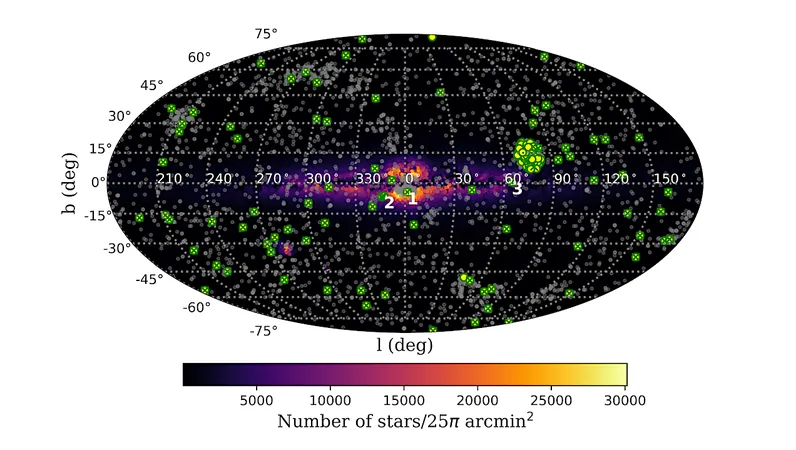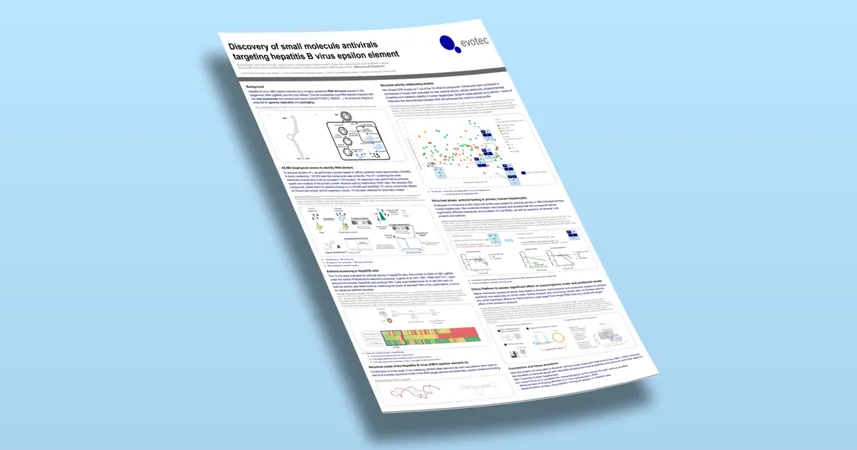
Exploring the Habitable Zones: How Close Stars Could Endanger New Worlds
2024-10-31
Author: Arjun
The Quest for Habitable Planets
The quest for habitable planets beyond our solar system has taken a significant leap forward, shedding light on potential threats these planets face from their stellar surroundings. The habitability of a planet is intricately linked to its parent star and the characteristics of its nearby star systems. This research highlights two primary threats: catastrophic events like supernovae and gravitational disruptions caused by close stellar encounters.
Habitable Zone Stars and Their Risks
In the vast universe of over 4,500 known exoplanet-hosting stars, more than 140 of these stars have planets located within their habitable zones—regions where conditions may be right for life. Recent findings, derived from Gaia DR3 data, involve a detailed analysis of the ten parsec (approximately 32.6 light-years) stellar neighborhood surrounding 84 of the closest habitable zone systems to our Sun.
Identifying Threats from the Stellar Environment
Through this study, scientists have identified critical risks posed by the local stellar environment to these potentially habitable systems. For instance, HD 165155, which lies in a region of high stellar density, is predicted to experience at least one close stellar encounter within the next five billion years, raising concerns over potential changes in its planetary orbits.
Supernova Progenitors and Their Impact
Moreover, researchers pinpointed two substantial stars, each greater than eight times the mass of our Sun, as possible progenitors of supernovae. Such explosive events could threaten the long-term habitability of nearby systems, specifically targeting stars like HD 48265 and TOI-1227. These findings emphasize the vulnerability of habitable zones in environments that host massive stellar bodies.
Comparing to Our Solar System
To deepen our understanding, a Solar Similarity Index (SSI) and a Neighborhood Similarity Index (NSI) were developed to compare the identified habitable zone stars against our solar system. The analysis revealed that HD 40307 stands as the most solar-like, potentially offering the best conditions for life if planets are present. Conversely, HD 165155 shows the least resemblance to our own star system, indicating a more tumultuous environment.
Conclusion and Future Research
As the study advances through the publication process in the Astrophysical Journal, it opens avenues for further research into how such stellar encounters and explosive phenomena might shape the fate of life across the cosmos.
Call to Action
Don't miss this groundbreaking research! What else could we find lurking in the shadows of our galaxy?



 Brasil (PT)
Brasil (PT)
 Canada (EN)
Canada (EN)
 Chile (ES)
Chile (ES)
 Česko (CS)
Česko (CS)
 대한민국 (KO)
대한민국 (KO)
 España (ES)
España (ES)
 France (FR)
France (FR)
 Hong Kong (EN)
Hong Kong (EN)
 Italia (IT)
Italia (IT)
 日本 (JA)
日本 (JA)
 Magyarország (HU)
Magyarország (HU)
 Norge (NO)
Norge (NO)
 Polska (PL)
Polska (PL)
 Schweiz (DE)
Schweiz (DE)
 Singapore (EN)
Singapore (EN)
 Sverige (SV)
Sverige (SV)
 Suomi (FI)
Suomi (FI)
 Türkiye (TR)
Türkiye (TR)
 الإمارات العربية المتحدة (AR)
الإمارات العربية المتحدة (AR)